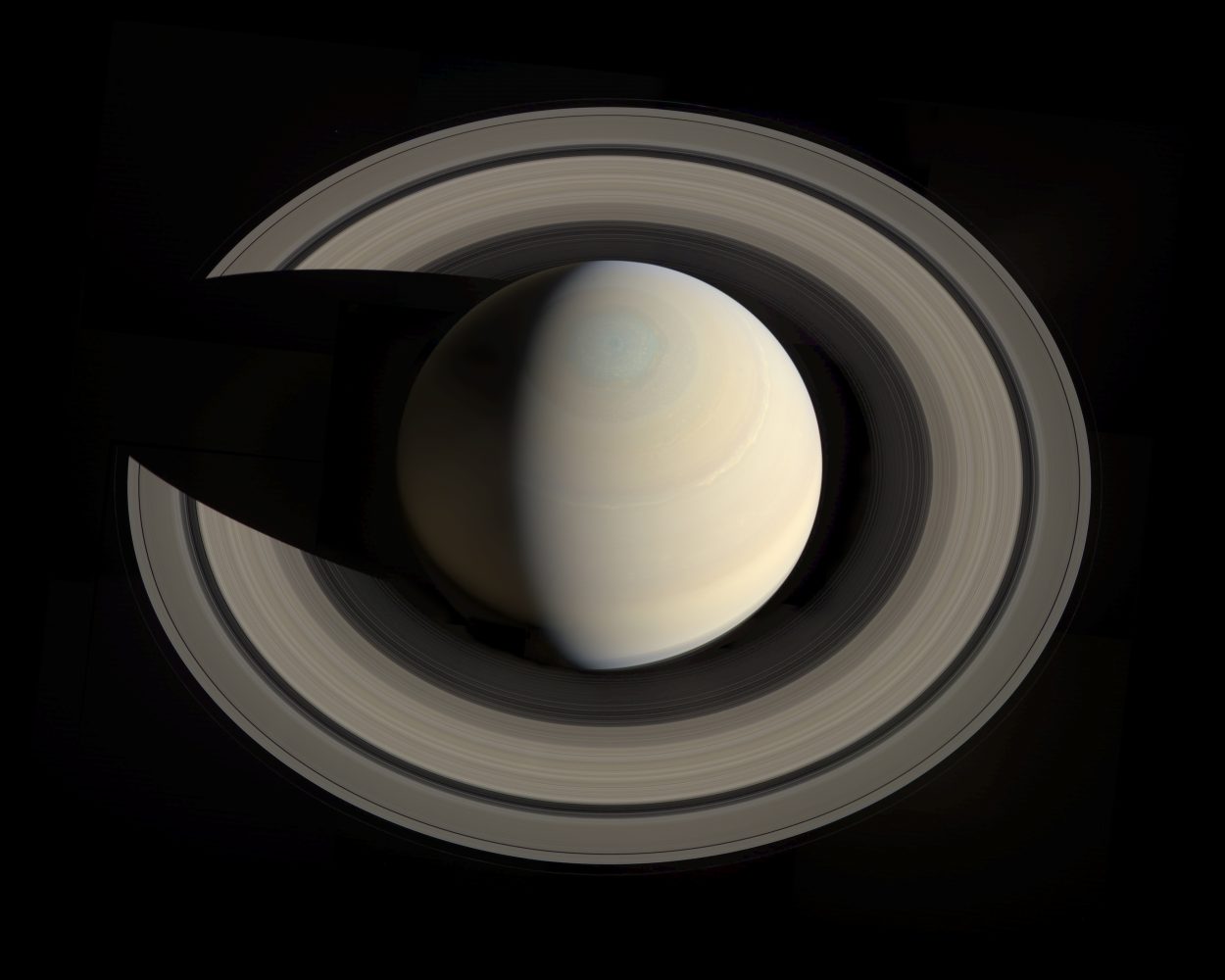This week the observatory will be open during clear weather from 7:30 to 11 p.m. Monday through Thursday. The weather appears to be best on Monday and Thursday, but there is still a chance that clouds will interfere with viewing.
Common items that you may see in the sky include open clusters such as the Pleiades and the E.T. Cluster. There might even be the chance of seeing Jupiter at the very end of the night; unfortunately, the Great Red Spot is not visible until the early morning.
Scientists in the astronomical community have been preparing themselves for the upcoming Large Synoptic Survey Telescope (LSST) that is expected to be finished in 2018. This telescope has a diameter of 8 meters and 4 centimeters and will be connected to the largest digital camera in the world, recording up to 30,000 gigabytes of data every night for a 10-year period. The result of this project will be a 10-year video of the southern sky over Chile, where the telescope is to be built.
Data from this telescope can be used in a variety of ways, including keeping an eye on asteroids near Earth and analyzing the nature of dark matter. Using a technique called difference imaging, where one image is subtracted from another, objects that appear in one frame each night can be found. This includes asteroids that pass through the field of view or supernovas that appear in a galaxy.
The asteroids can be catalogued and monitored if marked as a near-Earth object. The supernova can be used to find how far away a galaxy is and how fast it is moving. Results from previous catalogues have shown an accelerated rate of expansion in the universe, which led to the Big Bang theory. Data from this telescope can be used as a follow-up to these observations.







